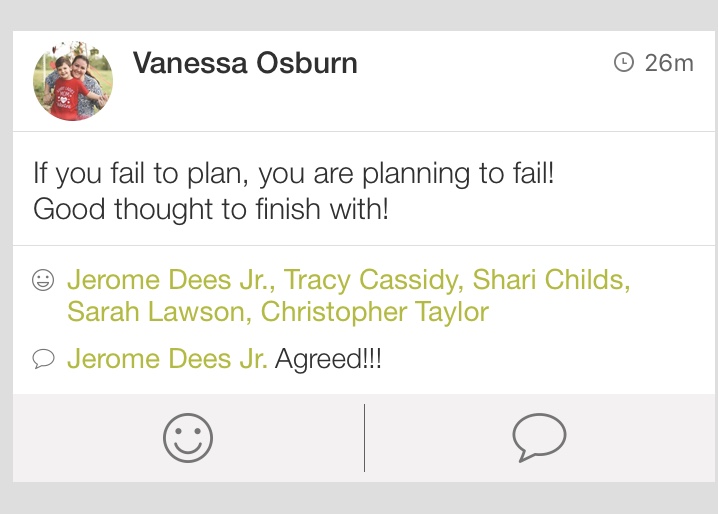Search engine optimization (SEO), pay-per-click (PPC) ads, newspapers, radio, social media, television, billboards, e-newsletters, direct mail…
So many channels, so little time! And you can only stretch your budget so far. Here are four steps you can take to create a stellar recipe for marketing success.
- Establish a budget: Incorporating a budget doesn’t mean stressing about limitations; rather, it’s about exploring possibilities. Working within financial boundaries challenges you to be more thoughtful about how you’re spending your marketing dollars. By employing a more streamlined, targeted approach, you can reach prospects who are already considering the service or product you provide but haven’t decided just where to get it from yet. This is where search engine marketing (SEM) could come into play. Searching on websites like Google and Bing is the most popular medium for locating information. In fact, 74 percent of internet users perform local searches, and of this percentage, 82 percent of local searchers follow-up offline via an in-store visit, phone call or purchase. SEM is also very cost-effective compared to other marketing mediums, so it’s worth considering on a smaller budget.
- Know your target: It all boils down to understanding your customer. Warm-up to your target market’s demographics, psychographics and lifestyle. Geography, income, ethnicity, gender and age are key factors that impact buying decisions and habits. Knowing your target is especially helpful with digital marketing, where being in the right place at the right time has become less about serendipity and more about strategy. Take Facebook, for example, where 29.7 percent of users are between the ages 25 and 34. This is the prime target demographic for many businesses, so if it’s yours, investing in Facebook advertising will more than likely be beneficial.
- Be consistent: They key ingredient in your marketing mix is to create brand recognition, and that involves creating compelling content. While it’s nice to add some spice to your messaging, you want to make sure that everything blends together well and that one piece doesn’t overpower another. That means using consistent themes and messaging across all platforms you utilize. Prospects viewing an ad, web page, direct mail piece or even a video from a well-integrated campaign should receive a consistent flavor from your messaging, with each element of the mix complementing and reinforcing the others.
- Measure your success: What does the data show about what you are trying to accomplish? Be sure to measure your marketing efforts against your business goal(s). If one of your overarching goals is brand awareness, track your social media posts. If it’s attracting more visitors to your website, try using Google Analytics. If it’s sales, take a look at how many leads your direct mail or email campaign generated. Useful tools like Constant Contact, Hubspot and Marketo make it easy to follow each customer’s journey, starting with the first visit to your website. Take the time to monitor your progress so you’ll be able to amplify what’s working and adjust what’s not.
Still not sure how to mix it up? We can add the secret sauce your marketing plan has been craving. Contact Chelsey Tupper, director of operations & client development, to learn more about how we can help. She can be reached at 570-609-5650, ext. 310 or chelseyt@ideaworks.marketing.



